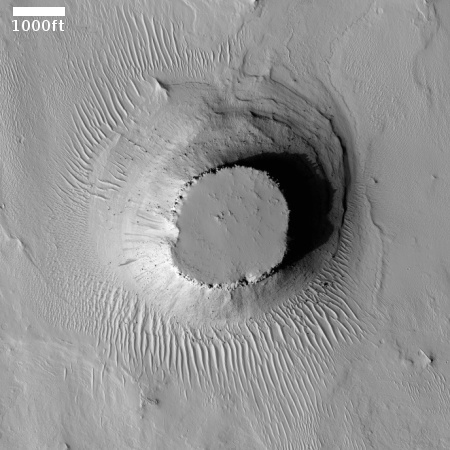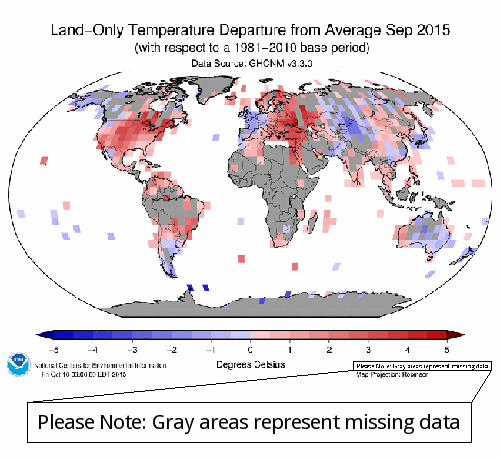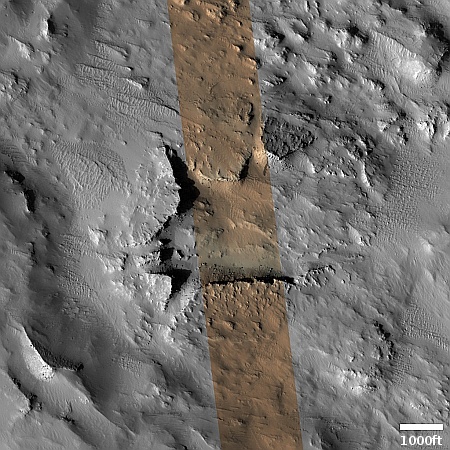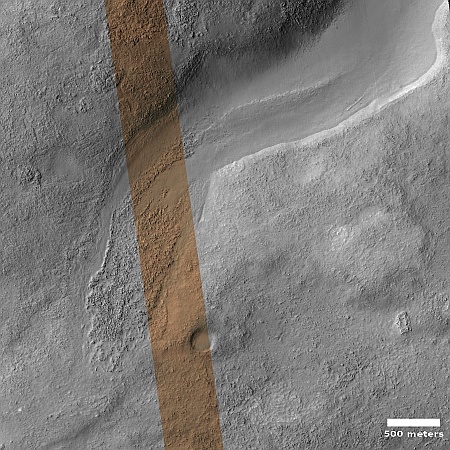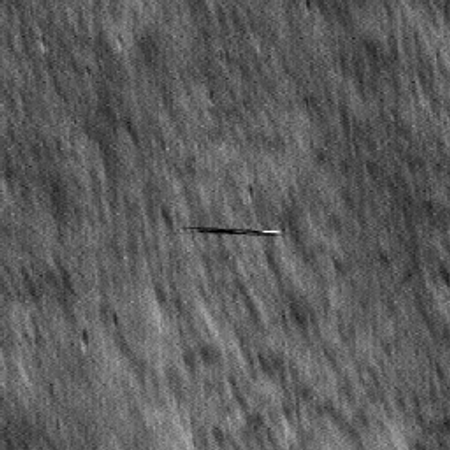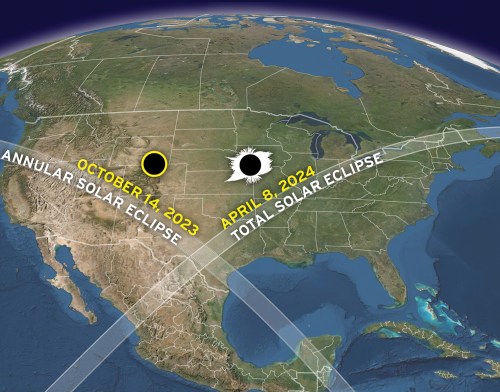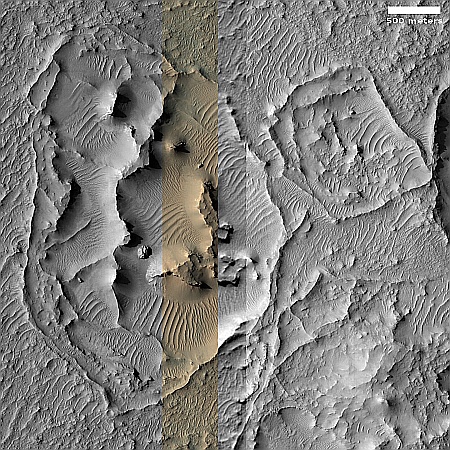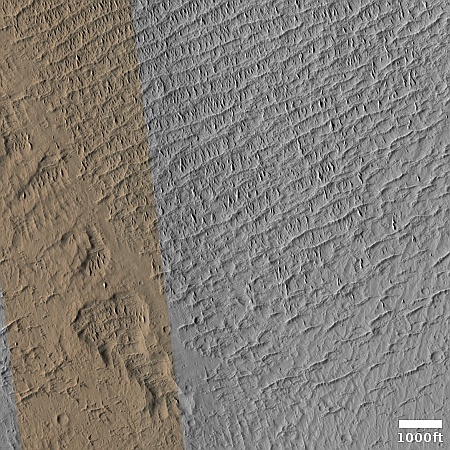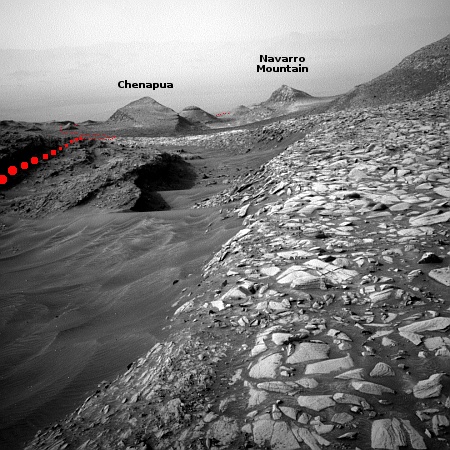Engineers say goodbye to Ingenuity
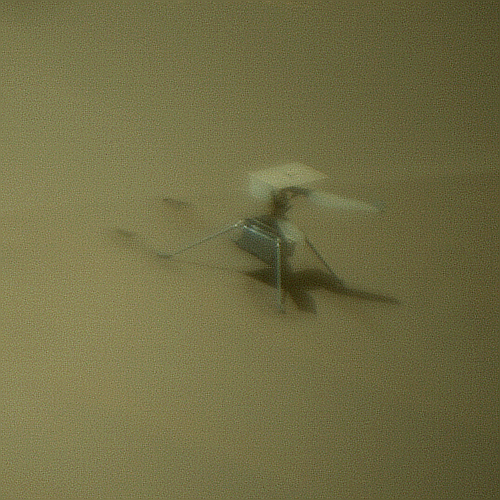
Ingenuity with its missing blade. Click for original image.
Because Perseverance is about to move out of range of direct communications with the disabled Ingenuity helicopter, engineers have now completed their final transmission from the helicopter yesterday, confirming that a new software update has been successfully installed.
The telemetry confirmed that a software update previously beamed up to Ingenuity was operating as expected. The new software contains commands that direct the helicopter to continue collecting data well after communications with the rover have ceased.
With the software patch in place, Ingenuity will now wake up daily, activate its flight computers, and test the performance of its solar panel, batteries, and electronic equipment. In addition, the helicopter will take a picture of the surface with its color camera and collect temperature data from sensors placed throughout the rotorcraft. Ingenuity’s engineers and Mars scientists believe such long-term data collection could not only benefit future designers of aircraft and other vehicles for the Red Planet, but also provide a long-term perspective on Martian weather patterns and dust movement.
The engineers belief that the helicopter could collect data for as long as twenty years. That data will sit on Ingenuity until such time as a later exploration team arrives, either manned or unmanned. There is also the possibility that later in Perseverance’s mission it could pass nearby again, allowing engineers to grab some of the data then.
According to the press release, those same engineers are now exploring future helicopter missions to Mars. Based on imagery I have seen coming down from Mars Reconnaissance Orbiter (MRO), the as yet unstated target locations could be inside the eastern end of Valles Marineris or on the northern perimeter of Hellas Basin.

Ingenuity with its missing blade. Click for original image.
Because Perseverance is about to move out of range of direct communications with the disabled Ingenuity helicopter, engineers have now completed their final transmission from the helicopter yesterday, confirming that a new software update has been successfully installed.
The telemetry confirmed that a software update previously beamed up to Ingenuity was operating as expected. The new software contains commands that direct the helicopter to continue collecting data well after communications with the rover have ceased.
With the software patch in place, Ingenuity will now wake up daily, activate its flight computers, and test the performance of its solar panel, batteries, and electronic equipment. In addition, the helicopter will take a picture of the surface with its color camera and collect temperature data from sensors placed throughout the rotorcraft. Ingenuity’s engineers and Mars scientists believe such long-term data collection could not only benefit future designers of aircraft and other vehicles for the Red Planet, but also provide a long-term perspective on Martian weather patterns and dust movement.
The engineers belief that the helicopter could collect data for as long as twenty years. That data will sit on Ingenuity until such time as a later exploration team arrives, either manned or unmanned. There is also the possibility that later in Perseverance’s mission it could pass nearby again, allowing engineers to grab some of the data then.
According to the press release, those same engineers are now exploring future helicopter missions to Mars. Based on imagery I have seen coming down from Mars Reconnaissance Orbiter (MRO), the as yet unstated target locations could be inside the eastern end of Valles Marineris or on the northern perimeter of Hellas Basin.

